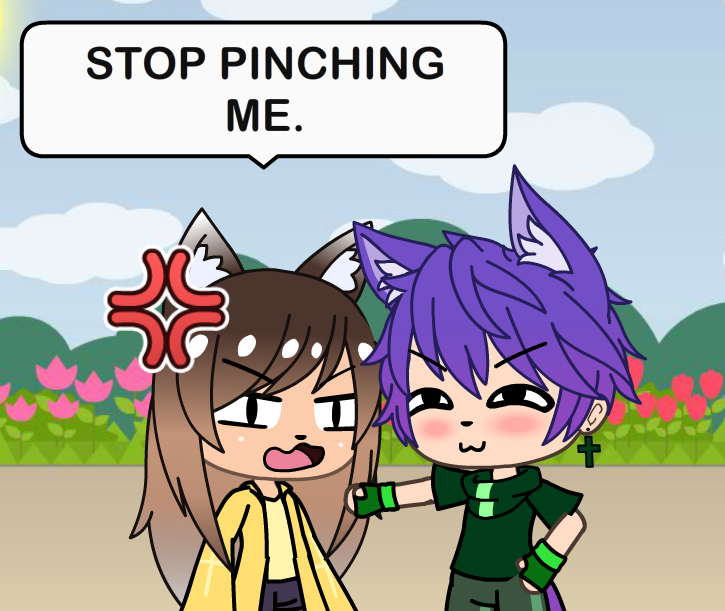Make a facial expression sheet
Make a facial expression sheet by drawing and labeling different emotions on paper, then practice recognizing and miming each expression safely and respectfully.


Step-by-step guide to make a facial expression sheet
Step 1
Gather your paper pencil eraser and colouring materials and bring them to a clear table.
Step 2
Draw boxes or a grid on the paper to make one space for each facial expression you want to show.
Step 3
Write a fun title at the top of the page like "My Facial Expression Sheet."
Step 4
Choose one emotion and write its name inside the first box.
Step 5
Draw a face in that box that shows the emotion you wrote using simple shapes for eyes mouth and eyebrows.
Step 6
Colour and add small details to that face to make the emotion clearer.
Step 7
Repeat Step 4 Step 5 and Step 6 for each remaining box until every box has a labeled face.
Step 8
Under each face write one short sentence about when someone might feel that emotion.
Step 9
Stand in front of a mirror and practice making each facial expression one by one while watching how your face changes and staying respectful.
Step 10
Ask a family member or friend to call out an emotion and point to or mime the matching face on your sheet.
Step 11
Decorate the page edges or add stickers to make your sheet bright and fun.
Step 12
Share your finished creation on DIY.org
Final steps
You're almost there! Complete all the steps, bring your creation to life, post it, and conquer the challenge!


Help!?
What can we use if we don't have the exact materials like paper, pencil, eraser, colouring materials, mirror, or stickers?
If you don't have the listed supplies, use scrap paper or a cereal-box for paper, a crayon or marker instead of a pencil, cover mistakes with white correction tape or draw over them if you lack an eraser, use your phone's front camera as a mirror for step 8, and hand-draw borders instead of stickers for step 11.
My faces don't look like the emotions I want or the boxes feel too small—how can I fix that?
If faces look unclear or boxes are cramped, redraw larger boxes (step 2), simplify facial features into bold shapes for eyes/mouth/eyebrows and use strong colours (steps 4–6), and write one quick example sentence under each face (step 7) to remind you of the emotion.
How can I change the activity for younger or older kids?
For younger children use fewer, bigger boxes and sticker or traced faces with a parent writing the short sentence (steps 2, 4–7), while older kids can add nuanced emotions, detailed colouring/shading, longer example sentences (steps 6–7) and role-play the expressions with a family member (step 9).
How can we make the facial expression sheet more fun or reusable?
To enhance the sheet, add a laminated matching grid or flip-cards to reuse as a game where someone calls out an emotion (step 9), include a 'when I feel this' story line under each face (step 7), and personalize the edges with stickers or drawings before sharing on DIY.org (steps 11–12).
Watch videos on how to make a facial expression sheet
LEARN TO DRAW EXPRESSIONS | ART LESSONS FOR KIDS! (HAPPY FACE, SAD FACE, ANGRY FACE, SHOCKED FACE)
Facts about emotional literacy for kids
⏱️ Some facial microexpressions can flash by in as little as 1/25 of a second.
🎭 Actors and mimes use exaggerated expressions so emotions read clearly from far away — perfect inspiration for a facial sheet!
👶 Babies begin to copy facial expressions and smile socially at about 6–8 weeks old.
😊 Paul Ekman identified six basic emotions often shown on faces: happiness, sadness, fear, anger, surprise, and disgust.
🧠 People can recognize a facial expression in around 100 milliseconds — faster than many other cues.
How do you make a facial expression sheet?
What materials do I need for a facial expression sheet?
What ages is this facial expression activity suitable for?
What are the benefits of making a facial expression sheet?


One subscription, many ways to play and learn.
Only $6.99 after trial. No credit card required



